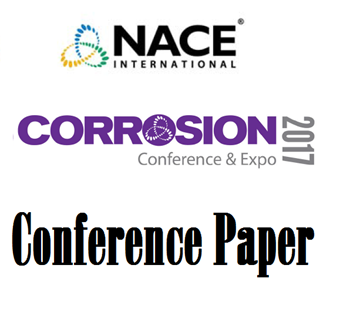Search
09216 Testing of High-Resistivity Concrete
Also Purchased
96312 FIELD APPLICATION OF CATHODIC PREVENTION ON REINFORCED CONCRETE STRUCTURES
Product Number:
51300-96312-SG
ISBN:
96312 1996 CP
$20.00
Monitoring Rebar Corrosion Propagation Embedded in Concrete
Product Number:
51317--9094-SG
ISBN:
9094 2017 CP
Publication Date:
2017
$20.00
Recently viewed




